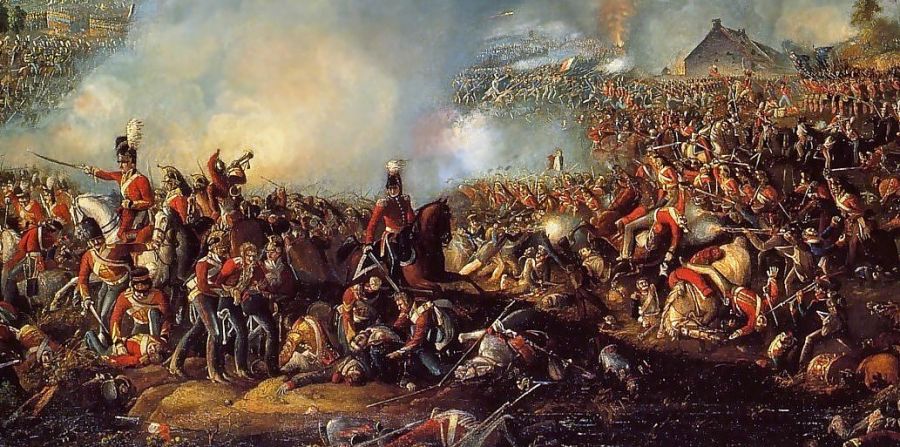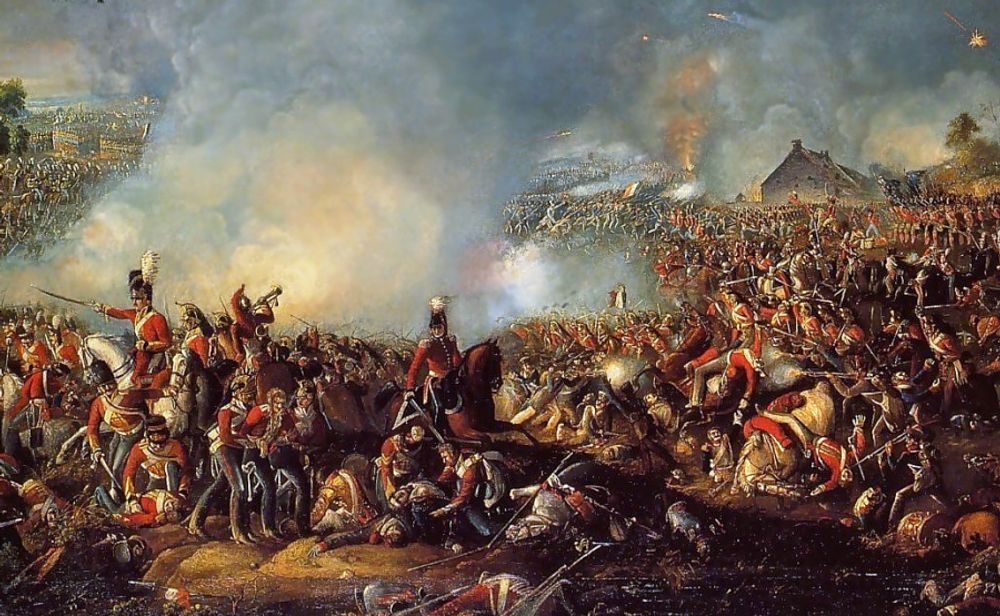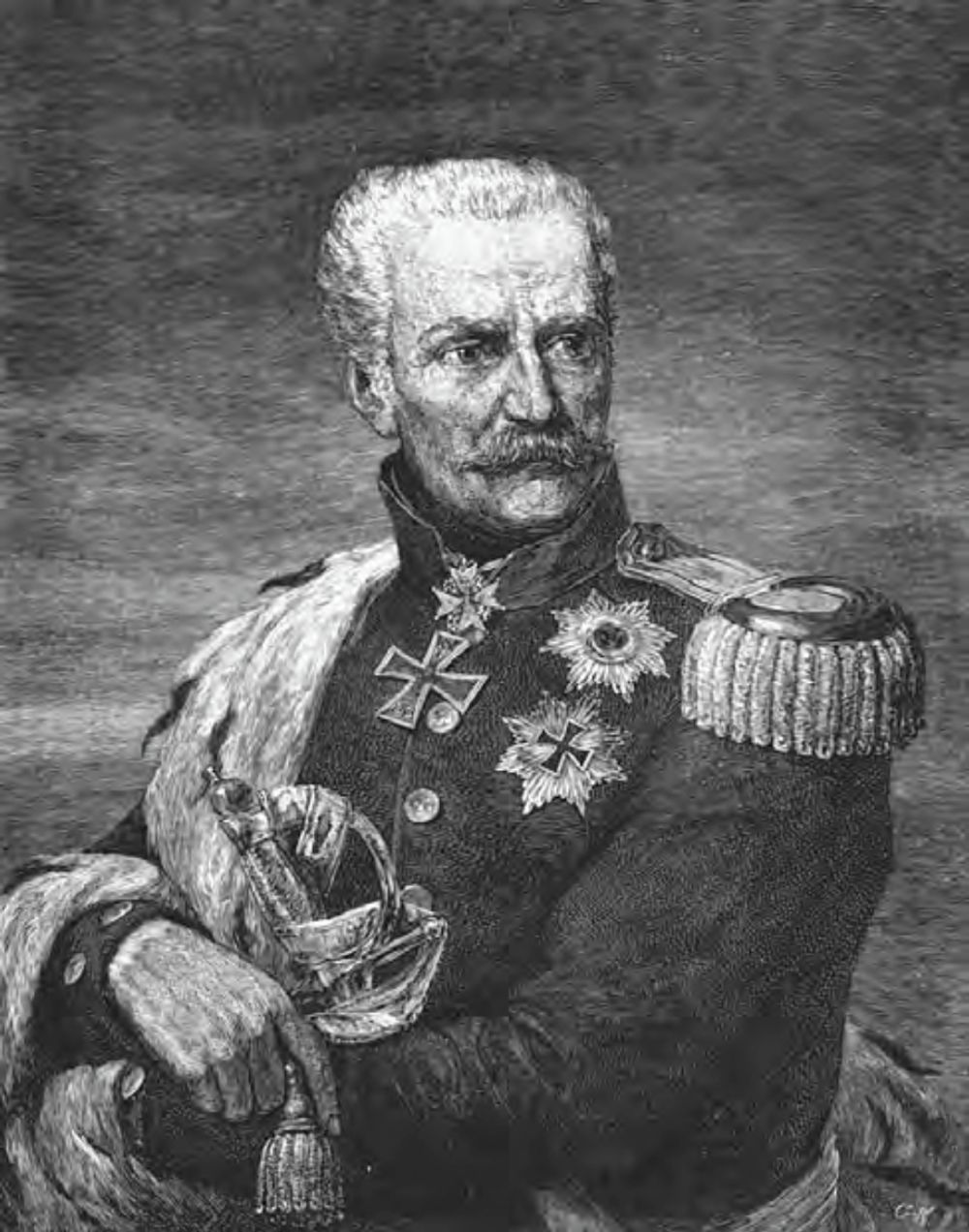

BATTLE OF WATERLOO
DATE : 1815
PLACE : WATERLOO (BELGIUM)
Battle of WATERLOO, final and decisive action of the Napoleonic wars, that effectively ended French domination of European continent and brought about drastic changes in the political boundaries and the power balance of Europe fought on June 18,1815, near WATERLOO, in what is now Belgium the battle ranks as a great turning point in history.

After raising France to a position of preeminence in Europe from 1804 to 1813, Napoleon met defeat in 1814 by a coalition Prussia, Russia. Britain, and Austria. Napoleon was then deposed and en to the island of Elba, and Louis XVIII was made ruler of France. In September 1814, the Congress of Vienna, with delegates from most of the nations of Europe convened to discuss problems arising from the defeat of France. On February 36, 1815, however, while the congress was in session, Napoleon escaped from Elba and returned to France. There many, veterans of his former campaigns flocked to his standard and on March 20, 1815, he again ascended the throne The Congress of Vienna, alarmed by Napoleon's return to power, had reacted quickly to the crisis On March 17 Austria. Great Britain, Prussia, and Russia each agreed to contribute 150,000 troops to an invasion force to be assembled in Belgium near the French border. A majority of other nations present at the congress also pledged troops for the invasion of France, which was to be launched on July 1, 1815.
Mobilization and Strategy
In Paris, Napoleon, leaning of the invasion plan, quickly determined to attack the allies on their own ground before their army could take shape, With characteristics energy and decisiveness, he mobilized within two months an army of 360,000 trained soldiers.He deployed half of these troops within France as a security force and grouped the remainder into attack units. On June 14, 1815, Napoleon, moving with the utmost speed and secrecy, reached the Franco-Belgian border with 124,000 of his troops. Another 56,000 men were left behind in secondary or supporting positions.



Napoleon's grand strategy for the coming campaign was typically audacious. Facing him beyond the Belgian border were two separate allied armies.The large army a force of 1,16,000 Prussian's and Saxons.led by the Prussian field Marshall Gebhard Leberecht von Blücher, was based at Namur Advance elements of The of Blüchers army were stationed as far west as the towns of Gilly and Charleroi A force of 93,000 British, Dutch, and German Troops was based at Brussels, with an outpost in the village of Quatre-Bras, The leader of this army, the British general Arthur Wellesley, 1st duke oof Wellington, was also commander in chief of the allied forces. Napoleon planned to attack both armies with the aim of splitting and destroying them. He intended then to deal with Russian and Austrian armies approaching France from the east. To carry oul this plan he divided his forces into two attacking wings and a strategic reserve, which consisted of trusted veterans known as the Old Guard.
* * *












